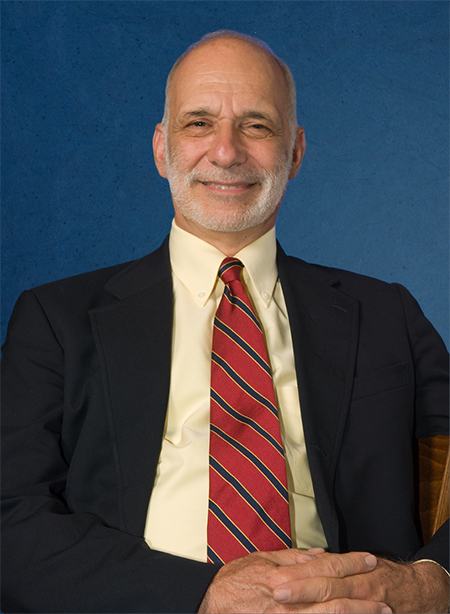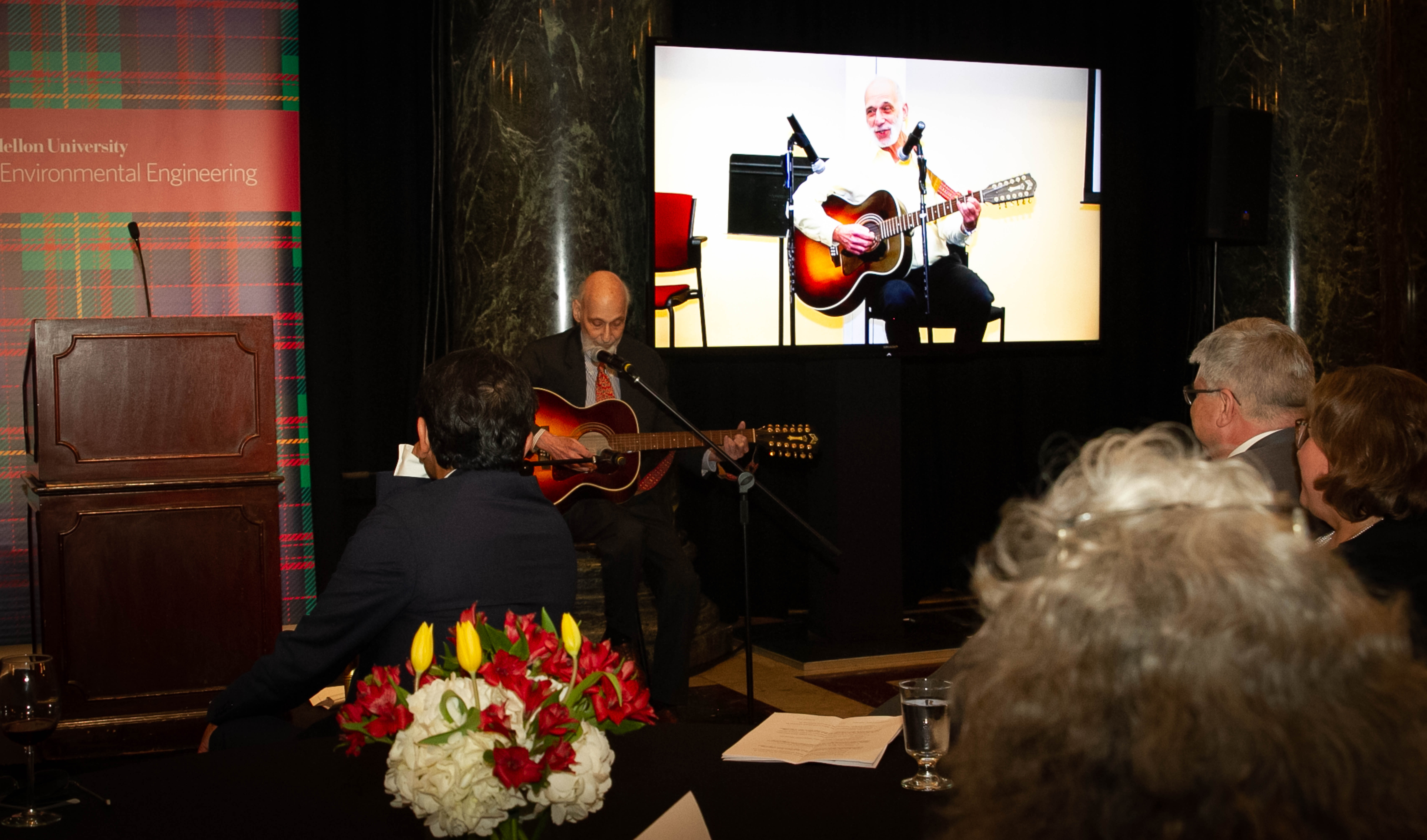
Oppenheim Retires After 50 Years of Service
In 50 years as a joint faculty member in Civil and Environmental Engineering (CEE) and the School of Architecture (SoA), Irving Oppenheim educated many generations of students in both engineering and architecture, engaged in research that spanned the two disciplines, and contributed significantly to the strong relationship between CEE and SoA. He has helped form the core of a unique connection between engineering and architecture, mastering the language of communicating across disciplines.
Recognized throughout his career as an outstanding teacher, Oppenheim received in 2006 the Benjamin Richard Teare Award for excellence in engineering education, the highest recognition for teaching in the college. When called upon, he rose to provide leadership both as Acting Head of SoA in 1988-1989 and as acting head of CEE in 2013. Yet there’s one aspect of Oppenheim that no award or accolade could capture.
“Those of you that know Irving know that he is a brilliant scholar, an amazing advisor, a fantastic teacher, a great colleague, and I personally consider him a really great friend, but what’s most important is that he’s a humanist,” said Stephen Lee, former SoA Head. “He really relates to other human beings in speech and action to make everyone feel better about themselves and their relationship to him.”
 As colleagues and former students rose to speak during the April celebration of his five decades of service, each interspersed their effusive praise for Oppenheim as an educator and scholar with moments he shared his love for the arts and those around him. Multiple speakers mentioned his appreciation for paintings or his many banjo performances during CEE talent shows, and it seemed only natural that Oppenheim closed his own speech with a humorous rendition of a song he’d written called Registration Blues, in keeping with CEE and SoA’s “shared tradition of musical comedy.”
As colleagues and former students rose to speak during the April celebration of his five decades of service, each interspersed their effusive praise for Oppenheim as an educator and scholar with moments he shared his love for the arts and those around him. Multiple speakers mentioned his appreciation for paintings or his many banjo performances during CEE talent shows, and it seemed only natural that Oppenheim closed his own speech with a humorous rendition of a song he’d written called Registration Blues, in keeping with CEE and SoA’s “shared tradition of musical comedy.”
Dave Dzombak, Hamerschlag University Professor and Head of CEE thanked Oppenheim for his 50 years of service. “We’ve all benefitted tremendously from your commitment, your hard work, your service ethic, and your friendship. Thank you, and congratulations on this important milestone in your career and life.”
Oppenheim’s lifelong journey in engineering began in his native New York City at The Cooper Union, where he received his BE degree, before earning his MS degree at Lehigh University and his PhD from the University of Cambridge. In 1970 he worked in the design office at the Port Authority of New York and New Jersey, where he met his future wife, Lisa Anderson, before accepting a joint appointment in CEE and SoA in 1972.
Ahead of his finale performance, Oppenheim thanked his wife, their three children, and his brother—all in attendance. He said he’d been inspired by generations of undergrads, staff, faculty colleagues, and graduate students. Recalling group dinners with his research team and graduate students as the highlights of his year, he acknowledged his former neighbors and colleagues, José Moura and Manuela Veloso. Oppenheim highlighted his research collaborations with ECE emeritus professor David Greve, and their doctoral students, which he called the most productive of his career.
Oppenheim’s expertise in design and failure analysis of structures was applied over the course of his research career. Most recently, he collaborated with ECE colleagues to develop novel devices and signal processing methods for structural sensing.
Utilizing the campus as a real-world lab, Oppenheim studied ultrasonic scatterer detection in pipes and developed MEMS devices for vibration sensing and for acoustic emission testing. He also studied wireless ultrasonics inductive coupling and chemical and strain sensing which led to innovative methods to manipulate microparticles in microfluidic channels using SAW devices.
Previously, Oppenheim’s research focused on structural dynamics, lifeline earthquake engineering, robotics, and computer-aided-engineering. He conducted field tests of ambient vibrations in buildings, studied force-cognitive manipulation, and investigated dynamically stable robots.
Oppenheim also conducted several analytical studies, including historical masonry, tensegrity structures, non-linear dynamics, optimization, geometric reasoning, and shape grammars.
As he concluded his remarks, Oppenheim shared that “it has been my greatest privilege and good fortune to have served in these roles at Carnegie Mellon University.”